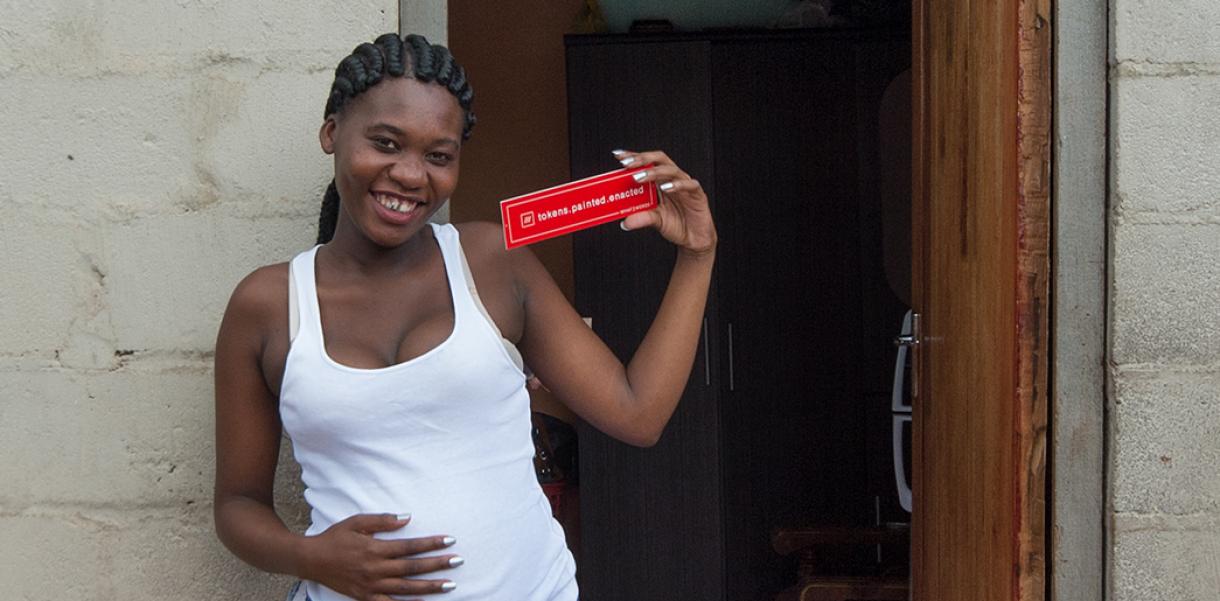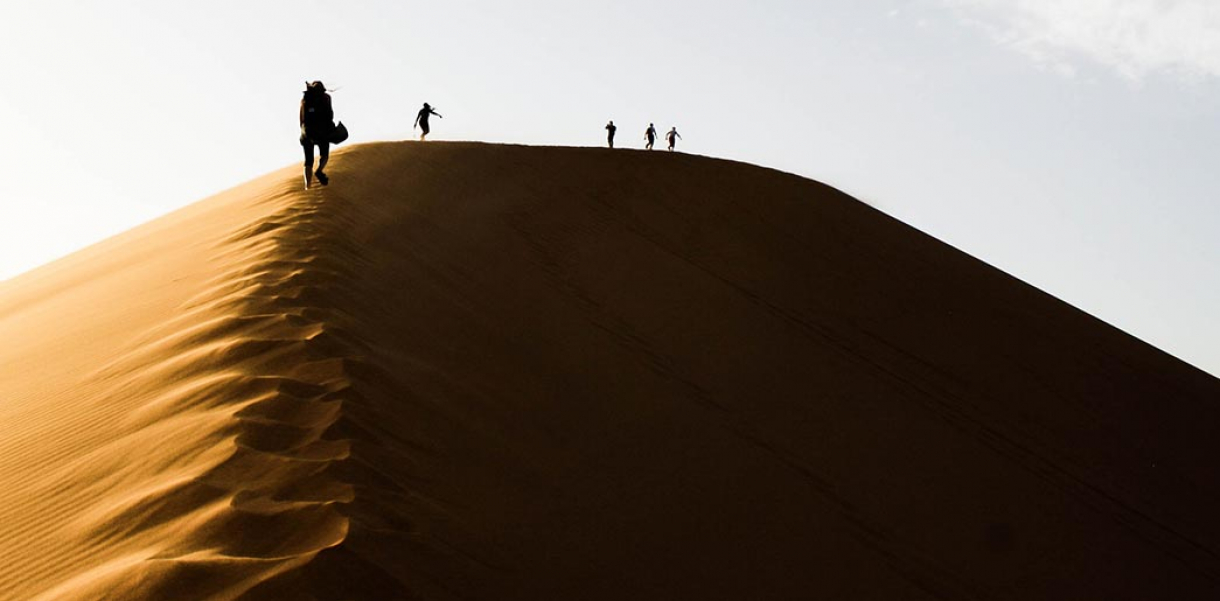What’s the design?
Farming seaweed is on the rise; more than 50 countries cultivate the ocean plant and there’s a growing global demand for seaweed, particularly in Southeast Asia. American company C.A. Goudey & Associates develop machinery and farming systems for seaweed farmers, while developing ways to further industrialise deployment and harvesting of open ocean kelp farms. Today, they’re partnering with companies like Index Award 2017 winner Greenwave, whose site in Connecticut is currently using G&A’s system. Greenwave is also leading educational initiatives in Alaska to enable Alaskans to operate ocean farms.
The hurdle
G&A began when engineer Cliff Goudey, an MIT graduate, came up with a new and innovative growing system for seaweed farming. “It was pretty unique and different compared to anything else,” says Domenic Manganelli who’s a Staff Analyst at the company. “Through a research grant, he was able to validate that this could work on a much bigger scale.”
Today, G&A receives funding from the US Department of Energy and their systems have gone from prototypes to full scale installations. As they aim to build a viable business, they’re facing some undeniable challenges. “There’s a misalignment between what the market needs are right now, which is more seaweed products, and what we’re trying to achieve in terms of what we’re funded for — something more experimental.“
In addition, there still isn’t an established global market for Goudey’s products yet. “We think there could be but we’re still trying to answer some big questions,” explains Manganelli. “Can we grow seaweed offshore? How can we do it most effectively? That’s our biggest challenge right now.”
The strategy
While looking for growth in demand, G&A are also keeping an eye on those they’ll be competing against. Even though their system is patented, others are coming up with well-funded, similar concepts — which isn’t necessarily a bad thing, according to the team.
“We put a concept in the water and there’s really nothing stopping those who want to copy it,” explains Manganelli. “We do have patents, but we are focused on providing quality components (of the systems we have developed) at a good price.” Because there’s no mature market in the U.S., there is a strong need for collaboration to create it — it’s information sharing. “Our strategy is to build this niche, build a brand, and create systems that enable success for our partners and customers.”
But while being the frontrunner is the ideal scenario, it means taking the biggest hit when things don't work out. And it’s important they protect their technical reputation, says Manganelli. “If people deploy something similar and they screw it up, we face the repercussions of that. It will hurt the industry.”
To further their business, G&A is looking for a big investment or partnership: “But to convince the industry to invest $200-300 million we need to answer some of these fundamental questions. Can seaweed be a reliable feedstock for a sustainable economy? Right now, there’s a risk that we do all the work, we come up with these ideas and we iron out all the details for how to operate the systems – and we don’t get anything back from it.”
Tips from the designer
- Compromise isn’t always best – If you’re working on something that’s cutting edge, don’t get too stuck on what you should be doing to make investors or business accelerators happy. Trust your instincts and focus on moving the technology forward.
- Share your knowledge when you can – When a market is so new, this is crucial. Sharing your expertise is key to growing an industry. You can all learn from each other's progress, stumbles and fails.
- Don’t be an island – Actively look for opportunities to cross-collaborate. Some of the strongest companies are built on good partnerships.





